The Mystery Behind a Pyramid-Like Mountain on the Moon Missing Its Name
Imagine a colossal pyramid-shaped mountain, shrouded in mystery, standing proudly on the lunar surface. Once known as Mons Undset in tribute to a Nobel Prize-winning scientist, this enigmatic structure has since faded into the annals of time, with many forgetting its true name.
In 2023, an astronomer had been scanning the surface of the white celestial body only to come across the pyramid. Yet, upon his initial investigation, no such name could be found. So, just how did this enigmatic feature lose its name? Let’s find out.
Astronomer Catches a Glimpse of the White Pyramid
Stephen James O’Meara is an American astronomer who has been gazing at the stars in wonder since he was six years old.
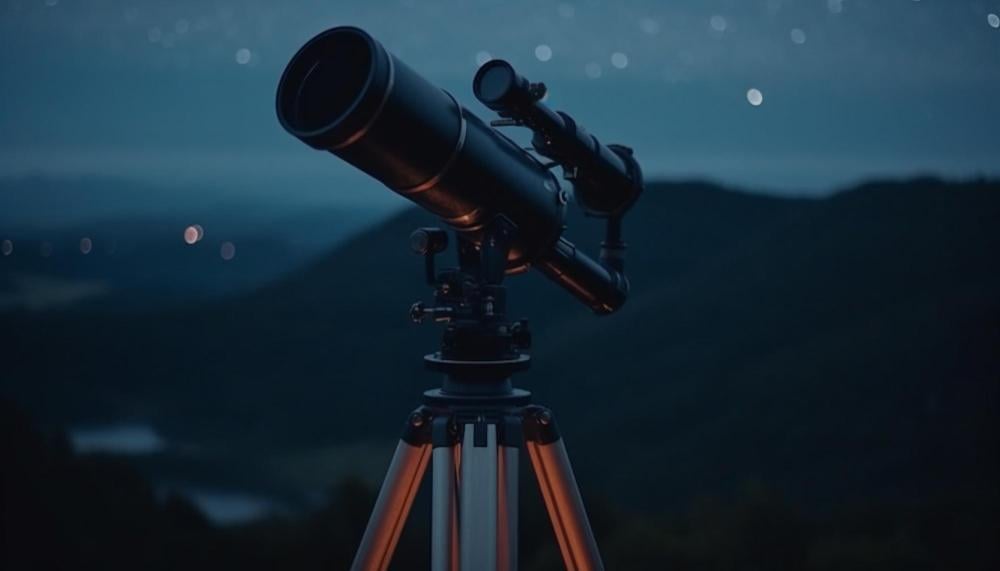
Source: Freepik
Now a writer for Astronomy Magazine, he recently shared a story detailing the mystery behind a white pyramid-shaped mountain on the moon. Yet, one puzzling aspect of the sighting was its name, which had all but vanished from various record books.
A Bright White Light Next to Lambert Crater
One evening in September 2023, O’Meara explained he had been using one of his many refractor telescopes to scan the Moon to catch the sun rising over the white globes Lambert Crater.
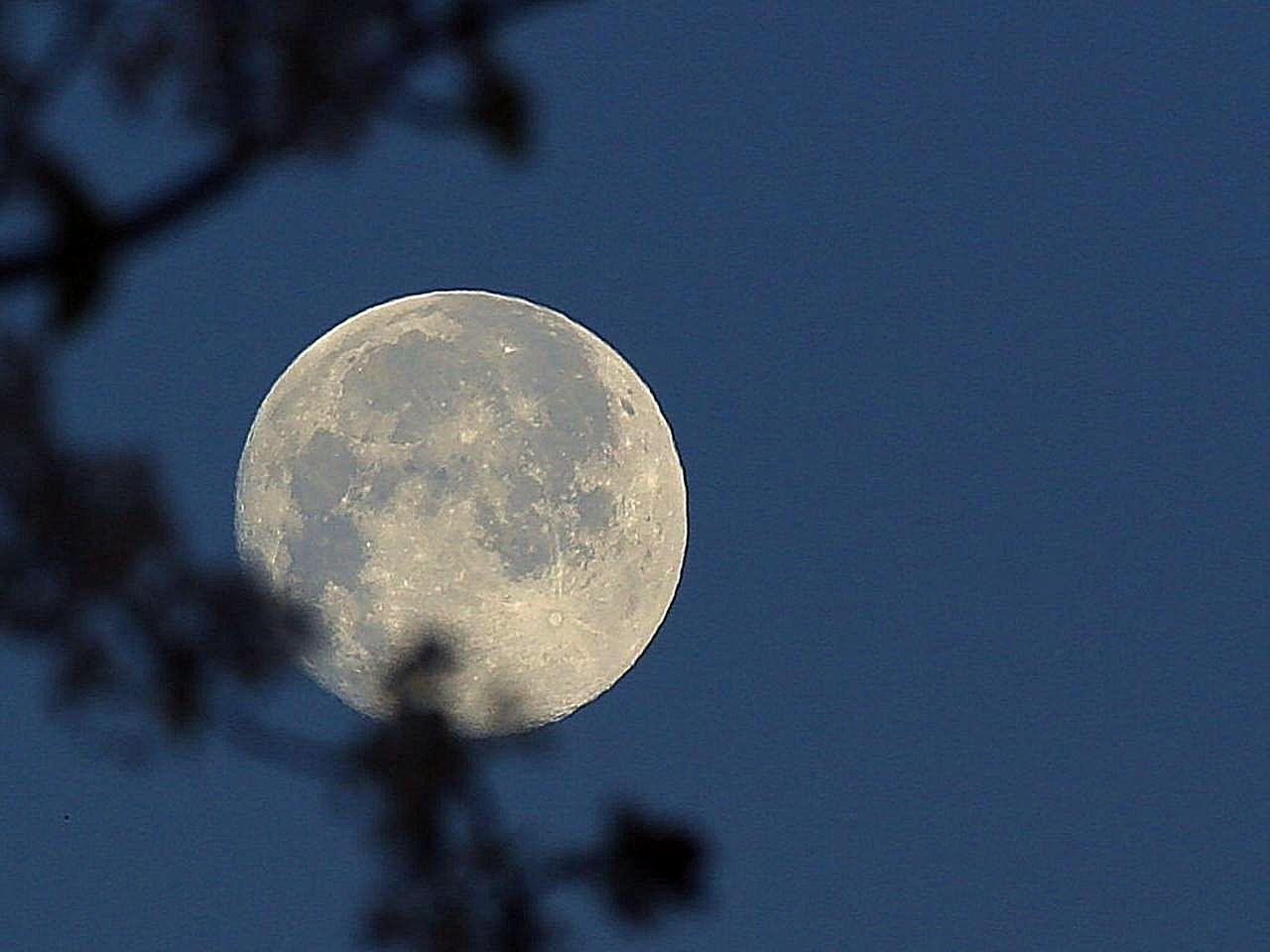
Source: Wikimedia
Upon closer inspection, the astronomer noticed that just to the east of the crater, a powerful bright light emerged on what appeared to be a pyramid-shaped mountain. “This isolated peak was the brightest feature to emerge from the lunar twilight that night,” he wrote.
Astronomer Tries to Identify the Mountain
Following the fascinating observation, O’Meara immediately wanted to find out more about the mountain and went in search of its name. Yet, after checking various records, he couldn’t find a single name.

Source: Freepik
According to the astronomer, “I checked NASA’s online Scientific Visualization Studio’s Moon Phase and Libration (which displays the Moon on any chosen date with countless labels), as well as the Lunar Reconnaissance Orbiter Camera ACT-REACT QuickMap, but neither site identified this peak. Nor was the mountain listed in the International Astronomical Union’s (IAU) Gazetteer of Planetary Nomenclature for the Moon.”
The Mystery of the White Mountain
O’Meara was doubtful that such an extraordinary monument on the surface of the Moon had never been discovered, so he decided to investigate the mystery further. He later came across the Collated List of Lunar Formations, published in 1913.
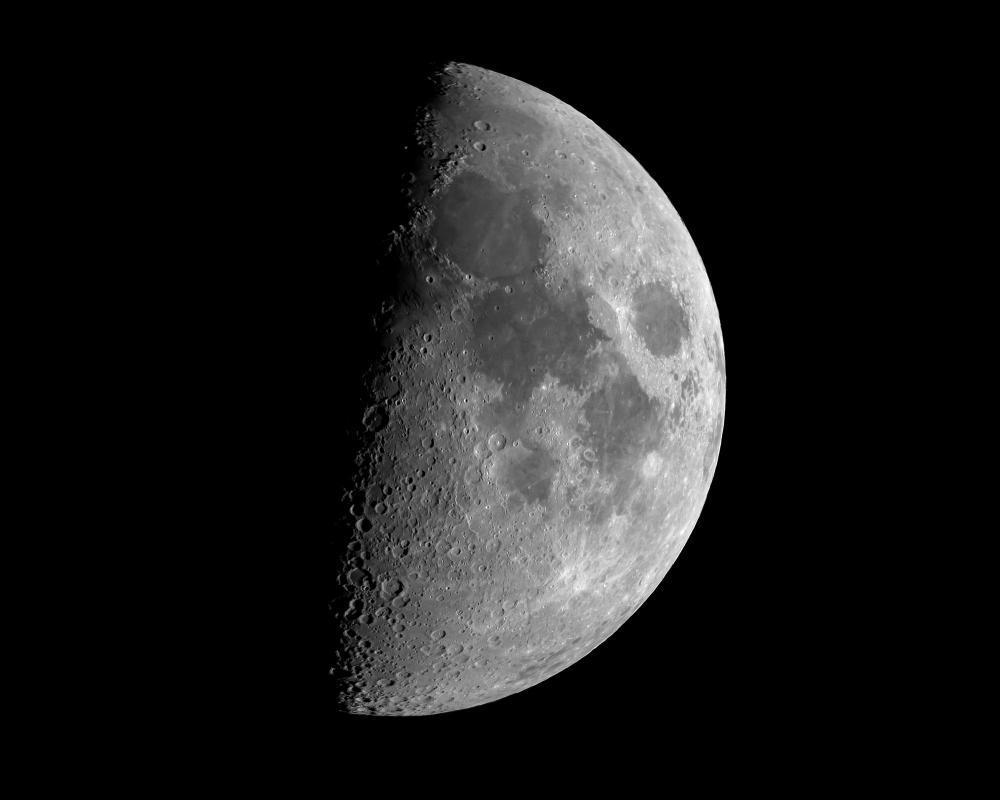
Source: Freepik
This work was Sanctioned by the International Association of Academies and led the astronomer to the first official mention of the pyramid-shaped mountain. The Collated List provides us with the first official mention of our target mountain’s name: Lambert Gamma (Γ),” he wrote.
German Astronomer Assigns the Name
Lambert Gamma (Γ) was assigned to the mountain by German astronomer Johann Henrich Mädler in a work titled Mappa Selenographica (1836), which he composed with Wilhelm Beer.

Source: Wikimedia
Mädler was fond of naming isolated lunar peaks after nearby craters, adding an additional Greek letter at the end.
19th Century Astronomer Speaks on Beauty of the Mountain
The extensive pyramid has made an impression on numerous astronomers over the years, just as it did with O’Meale. Edmund Neison wrote about the beauty of the feature in his 1876 book, “The Moon and the Condition and Configurations of Its Surface.”
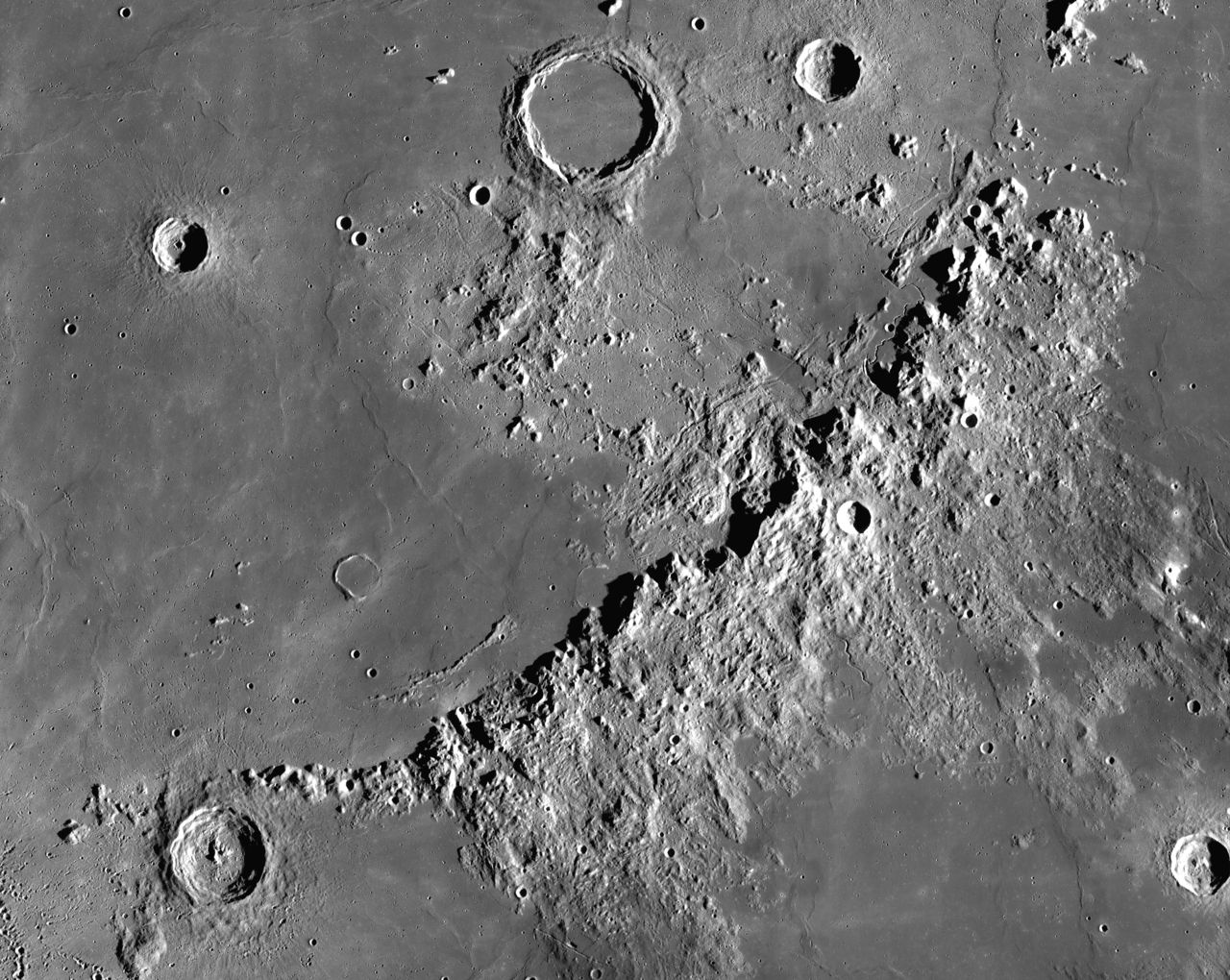
Source: Wikimedia
“Owing to its curved form, the mountain Γ, appears at times like a crater. Occasionally, this peak glitters on the terminator in a very striking manner,” wrote Neison.
The Mountain Receives a Name Change
O’Meara continued his investigation and discovered that in the 20th century, “Lambert Γ’s uppercase Gamma was changed to the lowercase Lambert γ in the 1935 Named Lunar Formations, the first official list of IAU nomenclature,” he wrote.

Source: Freepik
However, in 1973, the IAU decided to reject the idea of using Greek letters in the names of elevated features on the Moon. So, the pyramid-shaped mountain was renamed Mons Undset, which honors the Norwegian Sigrid Undset, who received a Nobel Prize in 1928 for his accomplishments in literature.
Mapping Adds Wrong Name to Landmark
The Lunar Topographic Orthophotomap Series, otherwise known as the first extensive mapping of the Moon landscape, was compiled in 1973.

Source: Freepik
The mapping was based on a collection of photographs sourced from Apollo missions 15, 16, and 17. Unfortunately, the Undset was misspelled as “Undest.” Instead of correcting the error, the IAU simply removed the mountain name altogether.
Modern References
O’Mera says most modern references have switched back to the original name, Lambert γ. However, he argues that the honor bestowed on Indset shouldn’t be forgotten simply because of a type.

Source: Freepik
However, he found some solace in the fact that “in 1985 the IAU named a crater on Venus in Undset’s honor — but we cannot visually admire this sight.”
Spotting the White Pyramid
According to the astronomer, he came across the pyramid-shaped mountain at lunar colongitude 18.3˚, which he alleges was one previously mentioned by Neison.
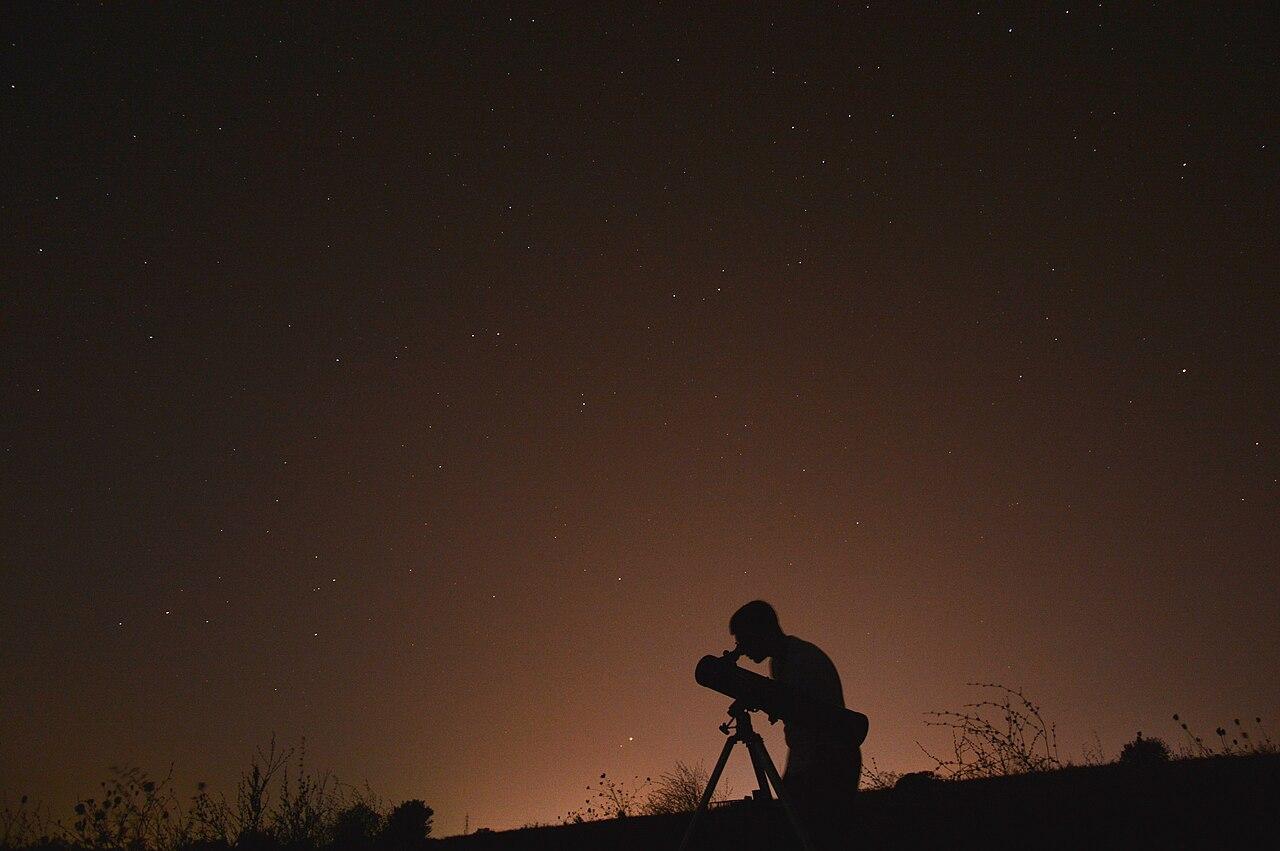
Source: Wikimedia
O’Mera shared his final thoughts on the mysterious landmark, writing, “But Mons Undset is so unusual at times that observers have mistaken it for a lunar transient phenomenon. So, it’s a sight worth pursuing — and remembering.”
Paying Respect Towards Undset
O’Meara paid his respects to the revered author Undset, adding a small quote from her book Christmas and Twelfth Night: “Let us remember that He has given us the sun, the moon, and the stars.”
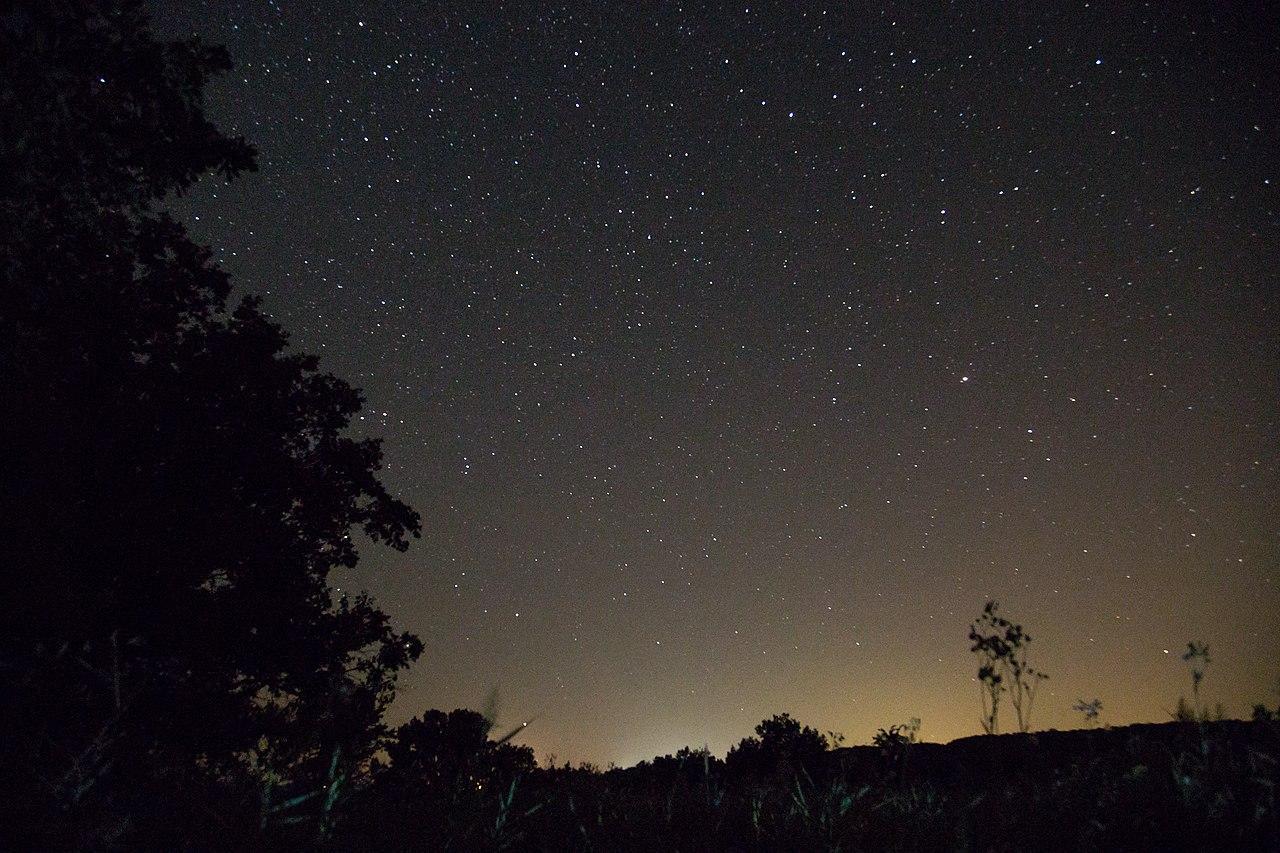
Source: Wikimedia
He continued, “And lest we forget, we gave her a mountain on the Moon.”
